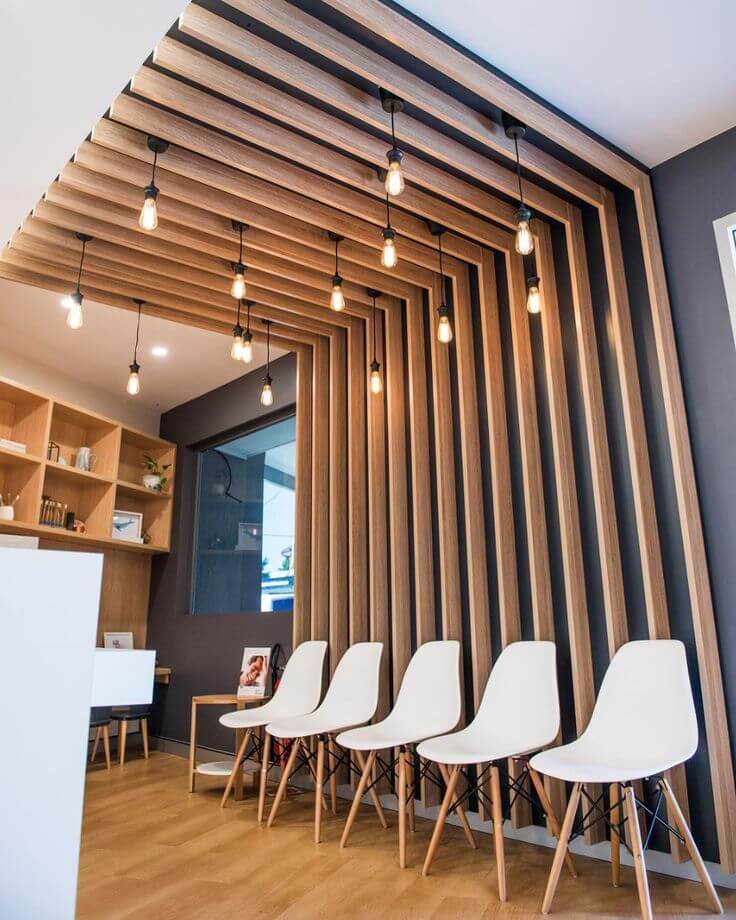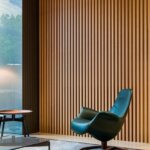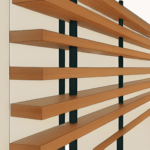Linear Ahşap Duvar Paneli
Ürün Açıklaması
Teknik Özellikler
- Malzeme: Masif Ağaç, MDFLAM, Doğal Kaplama veya Lake Boya
- Kalınlık: 18 mm, 30 mm, 40 mm, 50 mm
- Panel Genişliği: 80 mm, 100 mm, 120 mm, 140 mm vb.
- Paneller Arası Mesafe: Tasarıma bağlı olarak değişebilir.
- Panel Uzunluğu: Proje detaylarına göre istenilen ölçü üretilebilir.






